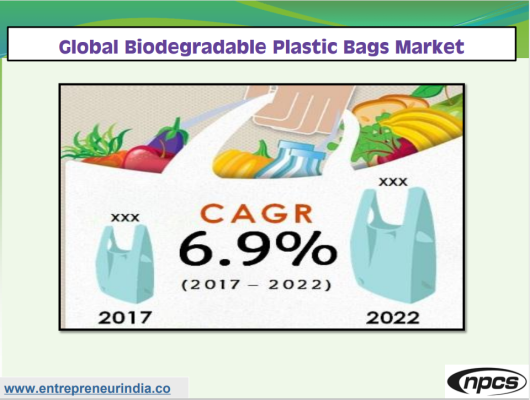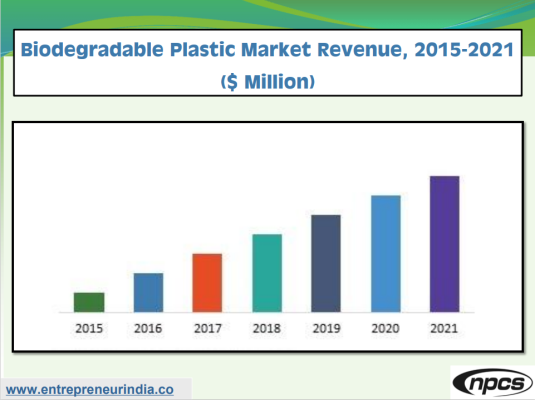No products in the cart.
Plastic News
Biodegradable Plastic: The Eco-Friendly Solution for Packaging in 2023
The biodegradable plastic industry is expected to grow rapidly in the coming years
Plastic waste has become a global concern, with millions of tons of plastic waste polluting the oceans and harming wildlife. To address this problem, the biodegradable plastic industry is expected to grow rapidly in the coming years. Biodegradable plastic is a type of plastic derived from renewable resources, such as cornstarch, sugarcane, and rice husk, which can be decomposed by bacteria or other living organisms.

The environmental impact of plastic waste has been widely recognized in recent years. Many consumers are looking for ways to reduce their plastic use, and companies are under pressure to find more eco-friendly packaging solutions. Biodegradable plastic offers a solution that addresses these concerns while still providing the functionality and durability of traditional plastic.
One of the main advantages of biodegradable plastic is its ability to break down quickly and safely. Traditional plastic can take hundreds of years to decompose, and when it does, it can release harmful chemicals into the environment. Biodegradable plastic, on the other hand, can be broken down by bacteria or other living organisms into harmless substances, such as water and carbon dioxide.
Biodegradable plastic also offers many advantages over traditional plastic in terms of its properties. For example, it can block air, grease, and bacteria, making it ideal for use in food packaging production. It is also completely watertight, making it suitable for storing drinks and soups. Additionally, biodegradable plastic bags are soft and easy to handle, making them more appealing to users than traditional plastic bags.
Despite these advantages, there are some challenges associated with biodegradable plastic production. For example, it is highly dependent on raw materials and requires advanced technology and specific processing conditions. As a result, the production cost is relatively high, and the cost of biodegradable plastic products is higher than that of traditional plastic bags.
However, the biodegradable plastic market is expanding rapidly, driven by the increasing demand for eco-friendly packaging solutions. According to a report by entrepreneurindia.co, the global biodegradable plastic market size is expected to reach $6.73 billion by 2025, with the packaging industry leading the way in the application of biodegradable plastic. This growth is being fueled by a range of factors, including government regulations, consumer demand, and the development of green energy policies.

Many countries are investing in the development of biodegradable plastic technology, and China and India are currently home to the world’s largest cornstarch-based biodegradable plastic factories. These countries are expected to lead the way in the development and production of biodegradable plastic products in the coming years.
One of the main challenges for the biodegradable plastic industry is to find ways to make it more cost-effective and efficient. While the production cost of biodegradable plastic is currently higher than that of traditional plastic bags, advances in technology and economies of scale are expected to bring down the cost in the coming years.

Another challenge is to ensure that biodegradable plastic products are properly disposed of and do not end up in landfills or oceans. While biodegradable plastic can break down naturally, it still requires specific conditions to do so. If it ends up in a landfill or the ocean, it may not break down as intended and can still harm the environment.
To address this issue, it is important to educate consumers on how to properly dispose of biodegradable plastic products. In addition, governments and businesses can invest in the development of infrastructure for biodegradable plastic waste collection and disposal.
In conclusion, biodegradable plastic is a promising solution for reducing plastic waste and protecting the environment. As consumers become more environmentally conscious, the demand for biodegradable plastic products is expected to grow, driving innovation and advancements in biodegradable plastic manufacturing.
